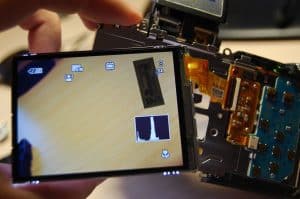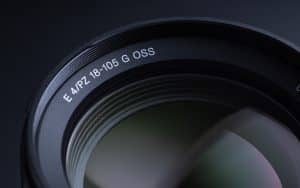Bio-Electronic Sensors: Living Circuit Elements
Technology has come a long way in merging the realms of biology and electronics. In recent years, bio-electronic sensors have become increasingly popular in the field of biomedical engineering. These living circuit elements have revolutionized the way we collect and analyze biological data, providing us with in-depth insights into various bodily functions. In this article, we will explore the world of bio-electronic sensors and understand the impact they have on modern healthcare.
The Rise of Bio-Electronic Sensors
Traditionally, biomedical sensors have been inorganic devices made of silicon or metal oxides. These devices were mainly used for monitoring and measuring parameters such as temperature, blood pressure, and heart rate. However, they were limited in their applications as they could only provide information on a superficial level. With the introduction of bio-electronic sensors, the game has changed drastically.
Bio-electronic sensors are biological devices that can convert biological signals into electronic signals. These sensors are made using living cells, and they are designed to mimic the behavior of natural tissues and organs. This advanced technology is a result of interdisciplinary collaborations between biologists, engineers, and chemists.
The Fusion of Biology and Electronics
The concept of bio-electronic sensors is based on the principle of bioelectronics, which involves integrating biological components into electronic devices. By combining the unique properties of living cells with the accuracy and sensitivity of electronic devices, a powerful tool for monitoring and diagnosing disease has been created.
The most common type of bio-electronic sensor is the biosensor, which detects and quantifies a specific biomolecule or biological process. These sensors can measure a variety of biological parameters including pH, glucose levels, and hormones. They are used in a range of applications such as drug development, disease diagnosis, and environmental monitoring.
Advantages of Bio-Electronic Sensors
Bio-electronic sensors have several advantages over traditional sensors. First, they are made from living cells, which enables them to interact with the biological environment more effectively. This leads to a more accurate and reliable measurement of biological signals. Additionally, these sensors have the potential to provide real-time monitoring, making them highly useful for critical conditions.
Another significant advantage is the versatility of bio-electronic sensors. As they are based on biological components, they can be modified and customized to detect specific biomarkers, making them highly adaptable for different medical and research purposes.
Applications in Healthcare
Bio-electronic sensors are used extensively in the healthcare industry. One of the significant applications is in disease diagnosis. These sensors can detect minute changes in biological signals, allowing for the early detection of diseases such as cancer and diabetes. They also have potential applications in monitoring the effectiveness of drug therapies, making them a valuable tool for personalized medicine.
Beyond disease diagnosis, bio-electronic sensors also play a crucial role in the development of new treatments. The ability to study the interactions between living cells and drugs in real-time has advanced the drug discovery process. Moreover, these sensors have also been integrated into implantable devices, allowing for continuous monitoring of individual health status.
Challenges and the Future
Like any new technology, bio-electronic sensors also have their challenges. One of the main concerns is the biocompatibility of these devices with the human body. Researchers are working towards overcoming this challenge, and advancements in biotechnology are constantly pushing the boundaries of what is possible.
The future of bio-electronic sensors is bright, and the potential for their applications is vast. With ongoing research and development, these sensors will continue to evolve and improve, providing us with a deeper understanding of the human body.
In Conclusion
The development of bio-electronic sensors has opened up new doors in the field of healthcare. These living circuit elements have proven to be an invaluable tool in monitoring and understanding the human body. With their potential for use in disease diagnosis, treatment development, and personalized medicine, bio-electronic sensors are paving the way for a brighter and healthier future.









